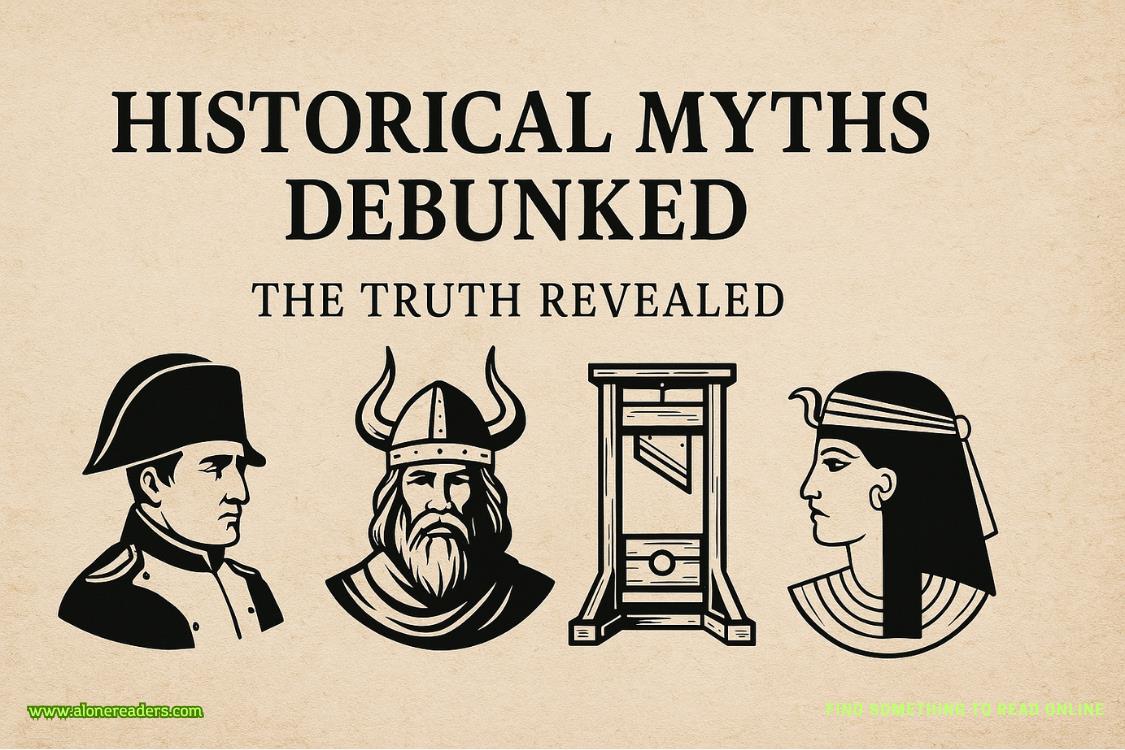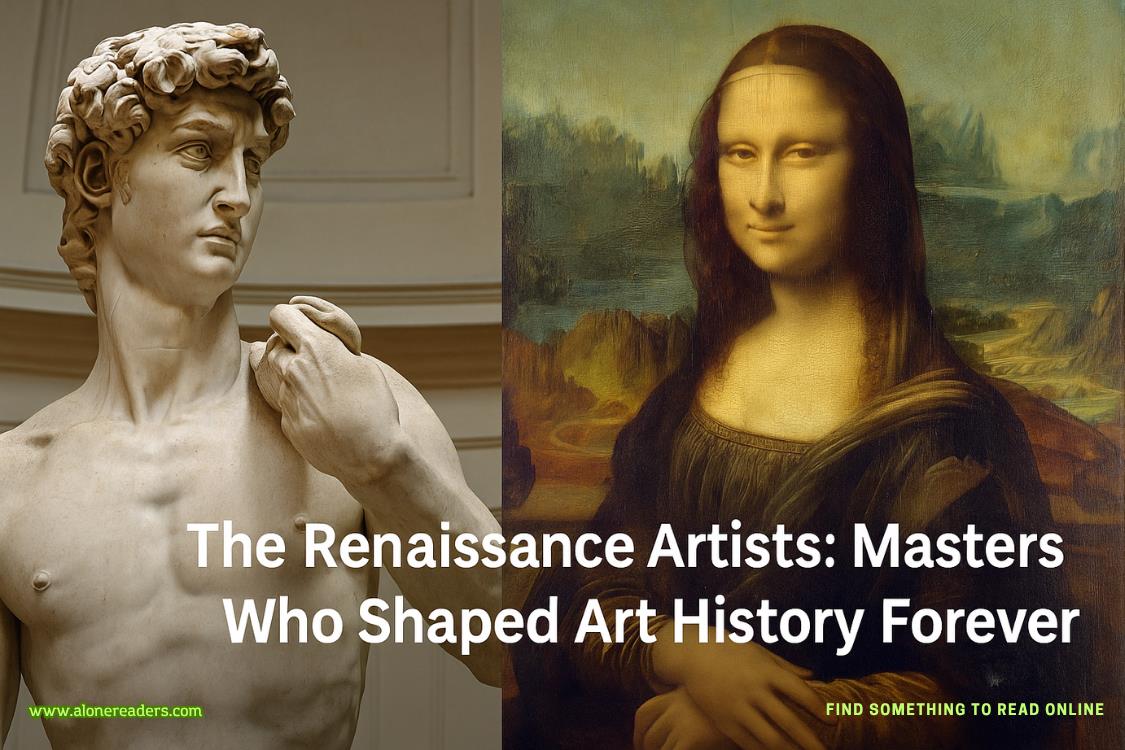He ignored the compliment. “May I see the pentimento, please.”
Calvesi clicked the mouse, and a new image appeared on the screen—the ghostly outline of another female lurking directly beneath the Madonna. It had been hidden by the thick layer of surface grime and tobacco-colored varnish. But Penelope Radcliff, with nothing but solvent and a swab of cotton wool, had revealed its existence.
“As you can see,” said Calvesi, “it looks to be an earlier version of Mary. But when we examined the painting with infrared reflectography, this is what we found.”
He clicked the mouse again, and a black-and-white infrared image appeared on the screen. It was a portrait of a fair-haired young woman gazing directly at the viewer over her left shoulder. Her eyes were large and heavy-lidded. Her left pupil was smaller than her right—considerably so.
Gabriel felt a faint queasiness in the pit of his stomach. It afflicted him whenever he was presented with a painting that, for whatever reason, wasn’t quite right. In the lexicon of the art world, poor souls such as himself were sometimes referred to as “fake busters” for their uncanny ability to instantly spot forgeries or inflated attributions. But the inverse was true as well. On more than one occasion, Gabriel had authenticated autograph works of great masters that were wrongly attributed to imitators or later followers. None of his opinions, he was not ashamed to admit, had ever been called into question by higher authority.
He allowed a moment to pass before calmly posing his first question. “Do you recognize her?”
“She bears a passing resemblance to the girl who—”
“It’s not a passing resemblance, Antonio. It’s her.”
“You can’t say that with any certainty.”
Gabriel dug his phone from his pocket and found an online photograph of Leonardo’sHead of a Young Woman. It was widely accepted by scholars that the exquisite silverpoint drawing, now on display at the Biblioteca Reale in Turin, was a preparatory sketch forVirgin of the Rocks. The young woman had served as the model for the figure of the archangel Gabriel. Leonardo, as was often the case, had blurred the angel’s gender.
Gabriel held the phone next to Calvesi’s computer screen. “Look at her eyes. The pupils, to be exact. They’re different sizes. Leonardo mistakenly believed that human pupils dilated separately when they were exposed to light.”
“Penny noticed it too. But it doesn’t prove anything.”
Gabriel returned the phone to his pocket. “I don’t suppose there’s an underdrawing?”
Calvesi clicked on the appropriate icon, and another infrared image appeared. It was a finely rendered version of the painting itself. Some Italian Renaissance artists—Titian, for one—sketched directly onto their gesso. But Leonardo typically laid a perforated preparatory sketch on his panel and covered it with fine charcoal dust. The dust would then seep through the holes—the Italians called themspolveri—and thus the sketch would be transferred to the painting surface.
“Recognize her?” asked Gabriel once again.
“I will admit that the underdrawing looks a great deal likeHead of a Young Woman.”
“With good reason.”
Calvesi treated Gabriel to a condescending smile. “Ever restored him?”
“Can’t say that I have.”
“Spent much time around him? Ever held one in your hands? ArealLeonardo?”
“Your point, Antonio?”
“Once or twice each decade, some dealer or scholar convinces himself that he’s stumbled upon a lost Leonardo. But only two new Leonardo oils have been accepted as autograph works by the hand of the master since 1909. TheBenois Madonnaand theSalvator Mundi.”
“That doesn’t mean there aren’t more.”
“Do you really think our anonymous Florentine artist painted over a Leonardo?”
“Stranger things have happened, Antonio. By the eighteenth century, Leonardo’s surviving oils were hidden away in private collections, and theLast Supperwas in such terrible condition that the monks at Santa Maria delle Grazie put a door through the middle of it. It’s quite possible that our anonymous Florentine painter had never heard of Leonardo da Vinci, let alone seen his work.”
“But there is nothing in the historical record to suggest that he made a portrait of this woman, whoever she might be.”
“There was no commission forPortrait of a Musicianeither. But Leonardo liked the way he looked, so he painted him.”
“But he didn’t paint this one.”
“Says who?”
“Me.”















